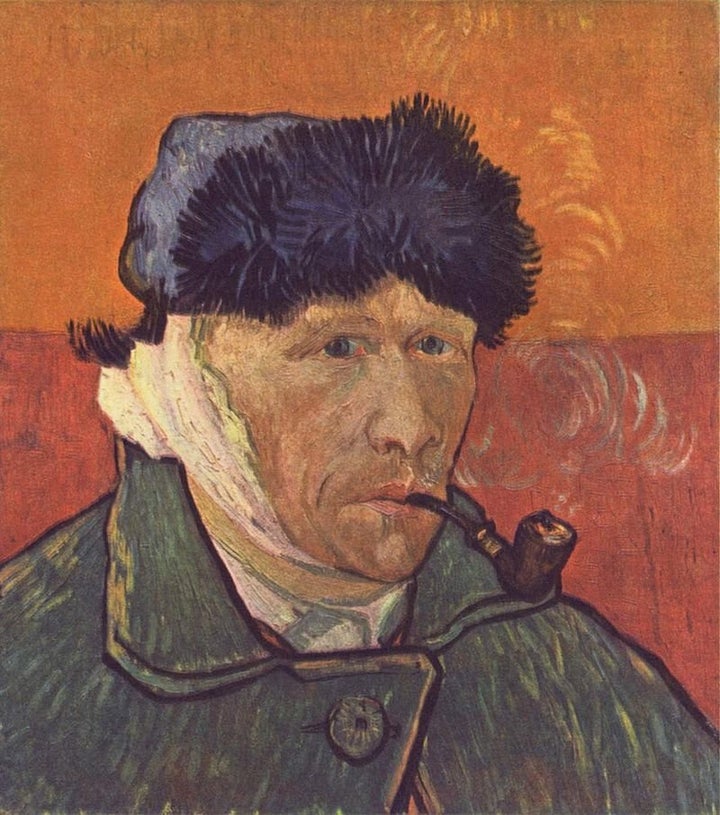
Poor Vincent van Gogh. He’s one of the most prolific and influential forces of 20th century art, having blessed the world with his signature post-Impressionist style of buzzing, whirling strokes. And yet it’s hard to utter his name without immediately thinking of that time he cut off his ear and sent it to a love interest.
Well, on that note: big news, people!
For years it’s been greatly debated ― at least amongst very big van Gogh fans ― as to whether he cut off is entire left ear or just a chunk. The question seemed fated to remain unanswered, as life’s greatest mysteries tend to be. But, eager historians kept pondering: How are we supposed to even begin to understand van Gogh’s work if we don’t know if was hiding a partial ear under his bandage or nah?
Well, thanks to author and amateur historian Bernadette Murphy, it looks like we finally have our answer. As reported by The New York Times, while researching van Gogh for an upcoming book, Murphy stumbled upon a note written by Félix Rey, the doctor who treated van Gogh at the Arles hospital, post-ear-chop. And the doctor’s note contains within it a drawing depicting an entire detached, mutilated ear.
So, just to hammer this home, Murphy claims that van Gogh did indeed cut off his entire left ear. And he sent it to a brothel maid named Gabrielle, who was living with permanent scars from a dog attack and crippling medical bills. Let the goosebumps wash over you.
This new information helps dispel the popular theory that it was in fact van Gogh’s contemporary Paul Gauguin who cut off the dreaded ear, with a sword while engaged in a duel. For, as the Guardian explains, though you may slice off a little bit of lobe in a sword fight no big deal, the amputation the doctor described in his note is “more likely to be a sustained effort with a razor by a man compelled to serious violence on himself.”
Steven Naifeh, author of Van Gogh: The Life, told the Times that he is skeptical of Murphy’s conclusion. “I was willing to give them the benefit of the doubt, that they had indeed found new information from Rey, but it is not new, and it is not credible,” he said.
Yet, Rey’s note, drawing and several other artifacts will be included in the upcoming exhibition “On the Verge of Insanity,” which opens Friday at the Van Gogh Museum. The exhibit, which also features a rusty gun believed to be the weapon van Gogh turned upon himself, explores the artist’s experience with impending madness, framing his struggles with mental illness not as essential to his creativity but rather as an interference.
The exhibition runs until Sept. 25, in conjunction with the release of Murphy’s book, Van Gogh’s Ear: The True Story, the basis of a BBC documentary set to debut later this year.

